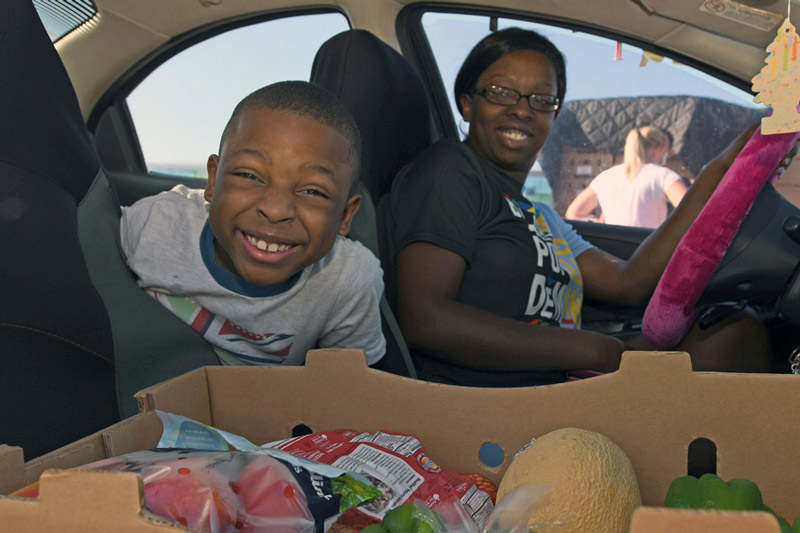
Who We Help
What does food insecurity mean? For more than 345,000 Iowans, it means not having access to enough nutritious food to live active, healthy lives.
Food insecurity can be very different from person to person. It can happen to anyone at any time.
It can be a homeless woman who doesn’t know where she’ll get her next meal. A retired couple who relies on SNAP to supplement their food budget. Hardworking families who simply don’t earn enough to make ends meet. People living with disabilities. Or a veteran who has enough for breakfast or lunch but must attend congregate meals for dinner.
The impact of food insecurity is tremendous. It goes far beyond hunger.
For adults, it means a higher likelihood of health problems like obesity, diabetes and high blood pressure. And struggling to perform at work. For children, it may mean setbacks in growth, development and lifelong behavioral issues. No matter how severe, food insecurity is tough to live with.
Food Insecurity in Iowa
- 11% of Iowans live in poverty. 10.8% face food insecurity.
- 15.4% of Iowa children — 110,500 kids — don’t know where or when they will get their next meal.
- About 10% of Iowans report “often” or “sometimes” not having enough to eat in the last week, according to the U.S. Census Bureau’s Household Pulse Survey.
- More than 40% of the people who receive support through Food Bank of Iowa and its partners are children.
- Low-income households are forced to spend a greater proportion of their limited incomes on food.
Give Help Now
Food Bank of Iowa partners with 700 agencies in 55 counties to distribute more than 2 million pounds of nutritious food each month. And we can do more with your help.
You can help feed an Iowan in need for less than $2 a day.

